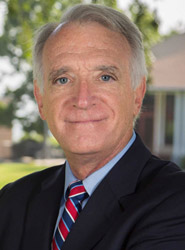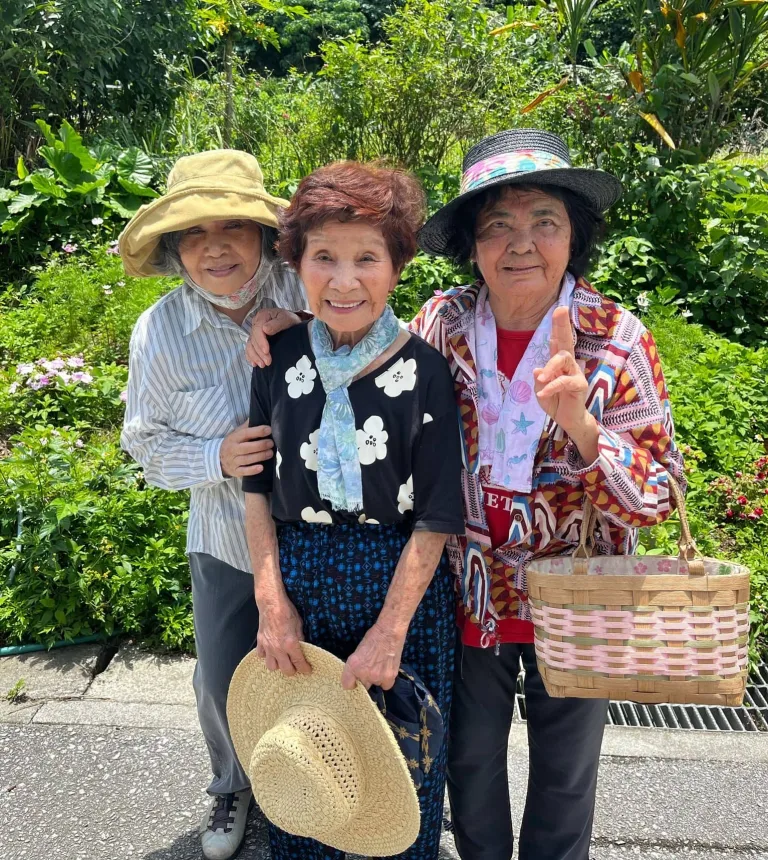

By: Jack Creeden
As we move closer to the 2020 Presidential election, the value of classroom discussions on relevant political issues becomes increasingly important. A well-educated and informed citizen is at the heart of our democracy.
Thomas Jefferson, our third President and founder of The University of Virginia said in 1821 “We fondly hope that the instruction which may flow by advancing the minds of our youth with the growing science of the times, may ensure to our country the reputation, prosperity, and all the other blessings which experience proves to result from the cultivation and improvement of the general mind.”
The well-known author James Baldwin wrote in 1963, “One of the paradoxes of education was that precisely at the point when you begin to develop a conscience, you must find yourself at war with your society. It is your responsibility to change society if you think of yourself as an educated person.”
While America’s classrooms often are the targets of criticism for a host of issues, our schools are the fundamental building blocks to educating the next generation of well-informed citizens who will create the societal change to help our country and our citizens prosper. Research scholars Hess and McAvoy argue, “Even with all their inherent challenges and structural defects, schools are still most likely the best place in the United States for young people to grapple with difficult and authentic issues.” (Hess & McAvoy, The Political Classrooms: Evidence and Ethics in Democratic Education, 2015).
Schools traditionally have been seen as safe places for the exchange of different ideas and perspectives. Administrators, teachers and parents have supported the creation of school environments that support robust discussions. Classrooms have been centers of free expression where different perspectives are thoughtfully and respectfully articulated. As teachers, we work hard to help even our youngest children learn to use their words in positive and constructive ways when introduced to different cultures, traditions and belief systems.
Unfortunately, the inclusive climate that once characterized our schools is deteriorating. Data from The Southern Poverty Law Center reported a spike in hate crimes in the month following the 2016 election. More than 58% of the bias-related incidents involved Race/Ethnicity/Ancestry; 22% related to Religion; 16% had a Sexual Orientation focus. While those data were alarming, what was most disturbing was that the largest number of the reported incidents occurred in our K-12 schools compared to businesses or colleges/universities (Southern Poverty Law Center, Update 1094 Bias Related Incidents in the Month Following the Election.).
What can be done to counter this trend? Restoring the importance of our classrooms as being places where political discussions can and should take place is a step towards educating children and young people about the value of the free exchange of ideas. Hess and McAvoy completed an extensive study of political classrooms. Their findings present data from a longitudinal study of high school teachers who create political classrooms by including discussions of controversial political issues in the curriculum.
According to Hess and McAvoy, the political classroom is not a partisan classroom, but rather one in which the aims are to promote political equity, tolerance, autonomy, fairness, engagement and political literacy.
Compared to students in classes in which the teacher primarily lectures, at the end of their courses, students in the political classroom are more likely to:
• Intend to vote in every election
• Express more interest in politics as a result of the class
• Follow the news more
• Engage in political discussion outside of the classroom
• Show more improvement in their knowledge of current events
• Show more interest to listen to those with whom they disagree
These are impactful results from efforts to restore our classrooms to be centers of deliberation and discussion. Stephens reminds us of the importance of teaching students to agree to disagree, “Intelligent disagreement is the lifeblood of any thriving society. Yet we are raising a younger generation who have never been taught either the how or why of disagreement, and who seem to think that free speech is a one-way right.”(B. Stephens, The Dying Art of Disagreement, NYT, 9.24.17).
To create the political classroom, Hess and McAvoy urge faculty to use their professional judgment based on three important criteria: Context, which requires that faculty understand deeply the characteristics of classroom, school and larger community; Available Evidence, based on what teachers know about their students and standards of academic inquiry; and Educational Aims, which relies on the teacher’s/school’s definition of an educated person or good citizen.
The assessment of each criterion can vary widely based on school mission, age of students, geography and perhaps most important, the foundations created by earlier parts of the curriculum.
If we avoid political classroom discussions, we are failing to meet our moral obligation to produce well-educated citizens. And if we allow for the mean-spirited, highly divisive expressions of opinions rather than facts that we saw in schools in 2016, where no one was truly listening, then we hardly are promoting healthy political classrooms.
The value to our society and the obligation as teachers are clear. The time is now. We cannot afford to fail again.
Jack Creeden is the Head of Whitby School. He is a longtime school leader who has served as Head at three independent schools and has written and presented extensively on governance, strategic planning, and the intersection between global studies and diversity initiatives.





